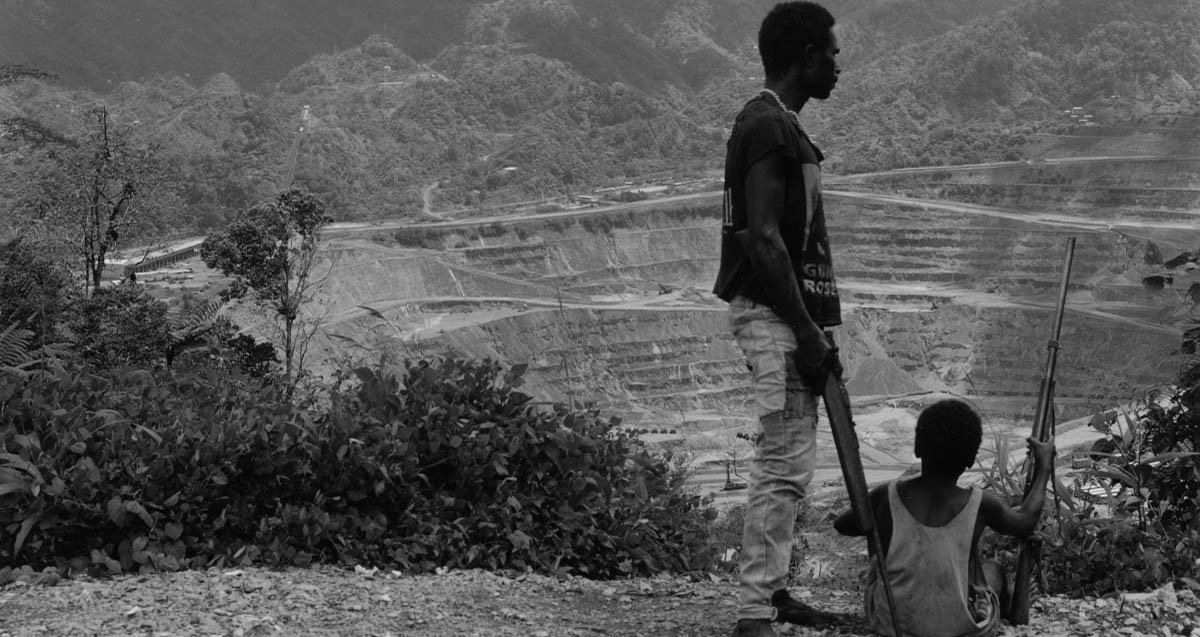 Image Credit: Ben Bohane
Image Credit: Ben Bohane
BOUGAINVILLE’S QUEST FOR INDEPENDENCE
A special report on the referendum
Article
PRE-RELEASE OFFER
FOR ANU
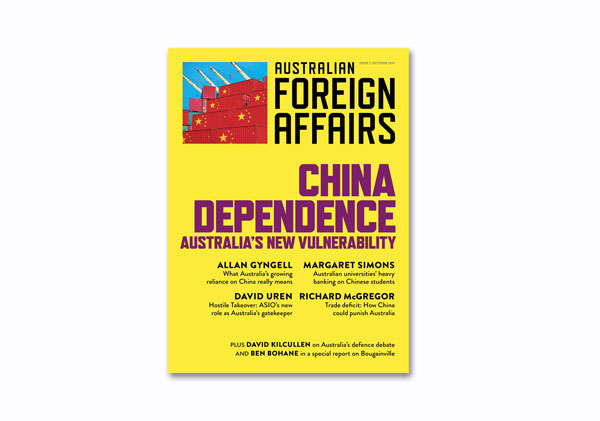
Buy a copy of AFA7 for $17.99 (save $5)
Includes free postage within Australia
Offer open Wednesday, 4 September
Offer available until 11.59 p.m. AEST Thursday, 12 September
Australian Foreign Affairs 7 will be released on Monday, 24 October 2019
The seventh issue of Australian Foreign Affairs explores Australia’s status as the most China-dependent country in the developed world, and the potential risks this poses to its future prosperity and security.
China Dependence examines how Australia should respond to the emerging economic and diplomatic challenges as its trade – for the first time – is heavily reliant on a country that is not a close ally or partner.
- Allan Gyngell examines how and where Australia’s trade dependence on China leaves our economy vulnerable.
- Margaret Simons argues that Australia’s universities are banking unsustainably on Chinese students and the money they bring.
- Richard McGregor considers the Australia–China trade relationship and the dangers of economic coercion.
- David Uren probes ASIO’s expanding role in scrutinising Chinese foreign investment and asks if Australia’s fears are trumping economic opportunities.
ALSO
- Ben Bohane reports from Bougainville in the lead-up to its historic referendum on independence.
- Melissa Conley-Tyler proposes a funding model to revolutionise the Department of Foreign Affairs and Trade.
- David Kilcullen offers a US perspective on Australia’s defence capabilities.
PLUS Correspondence on AFA6: Our Sphere of Influence by Jonathan Pryke, Wesley Morgan, Sandra Tarte and more
THE FIX
Solving Australia’s foreign affairs challenges
The FIX
Foreign Policy with an Australian Accent
Identity politics and Asian engagement
Next Voices
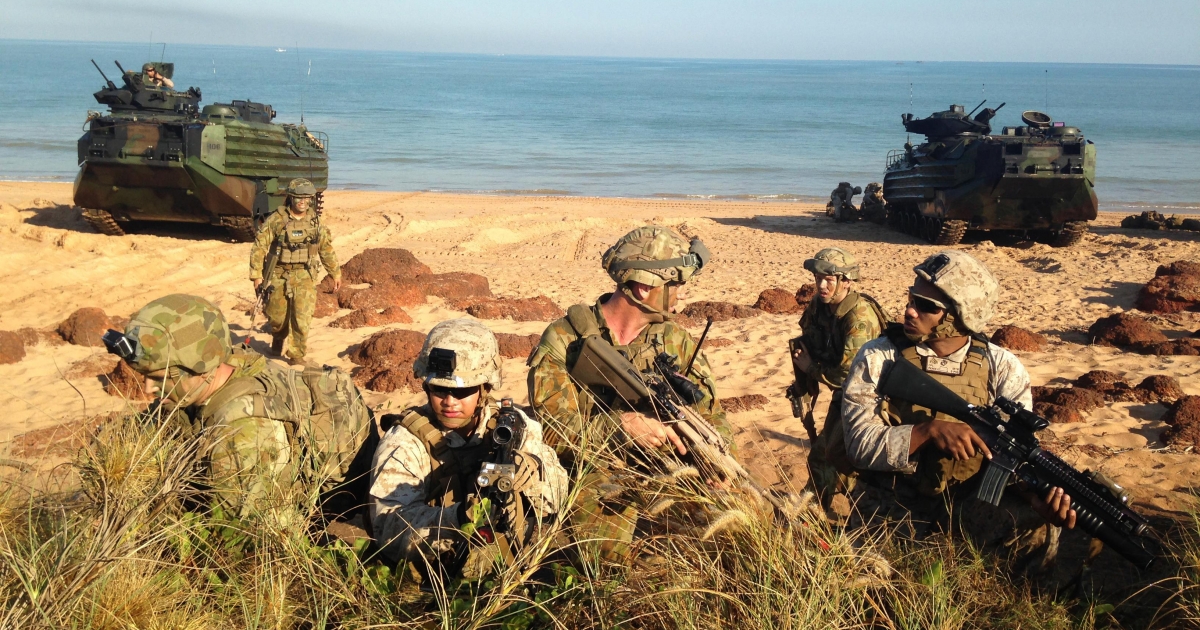 Image Credit: Sgt. Sarah Anderson
Image Credit: Sgt. Sarah Anderson
Can Australia fight alone?
The cost of the military’s US dependency
Extract
Indonesia Calling
Reimagining the relationship between Australia and its largest neighbour
Next Voices
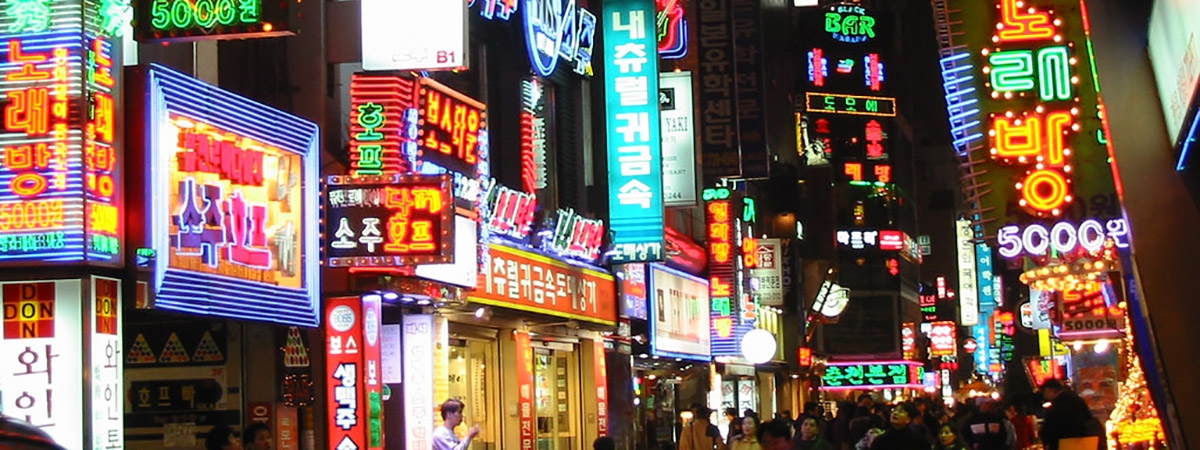 Image Credit: Philippe Teuwen / Wikimedia Commons
Image Credit: Philippe Teuwen / Wikimedia Commons
Can Australia be one of us?
The view from Asia
Extract
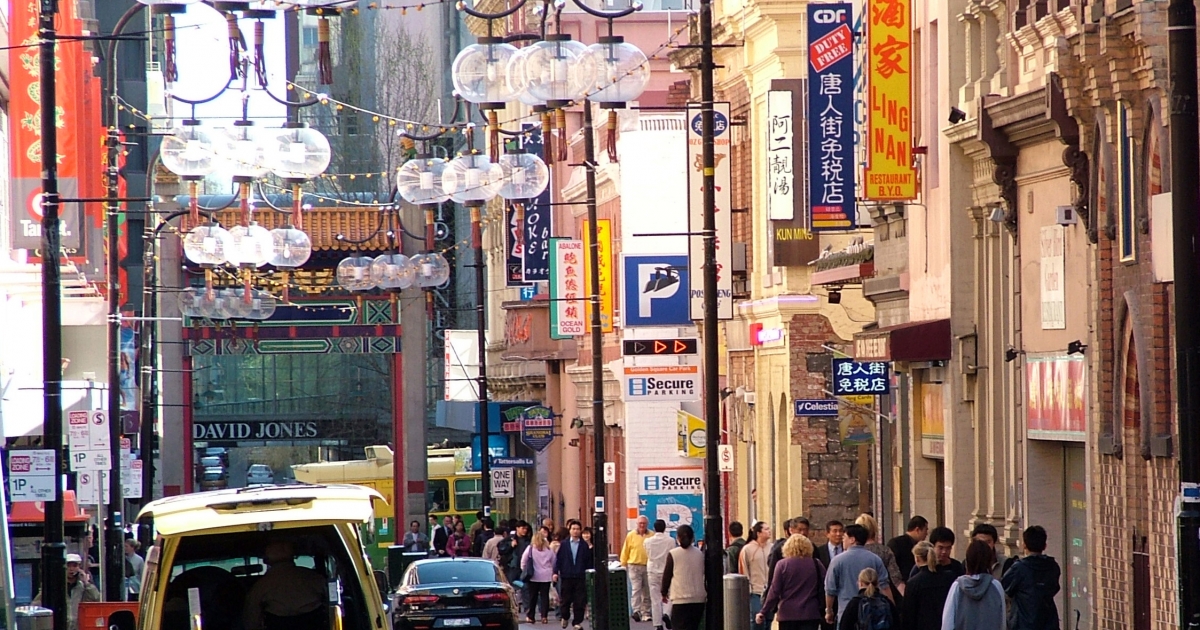 Image Credit: Bmra73 / Wikimedia Commons
Image Credit: Bmra73 / Wikimedia Commons
The changing face of Australia
Completing the shift to a Eurasian nation
Extract
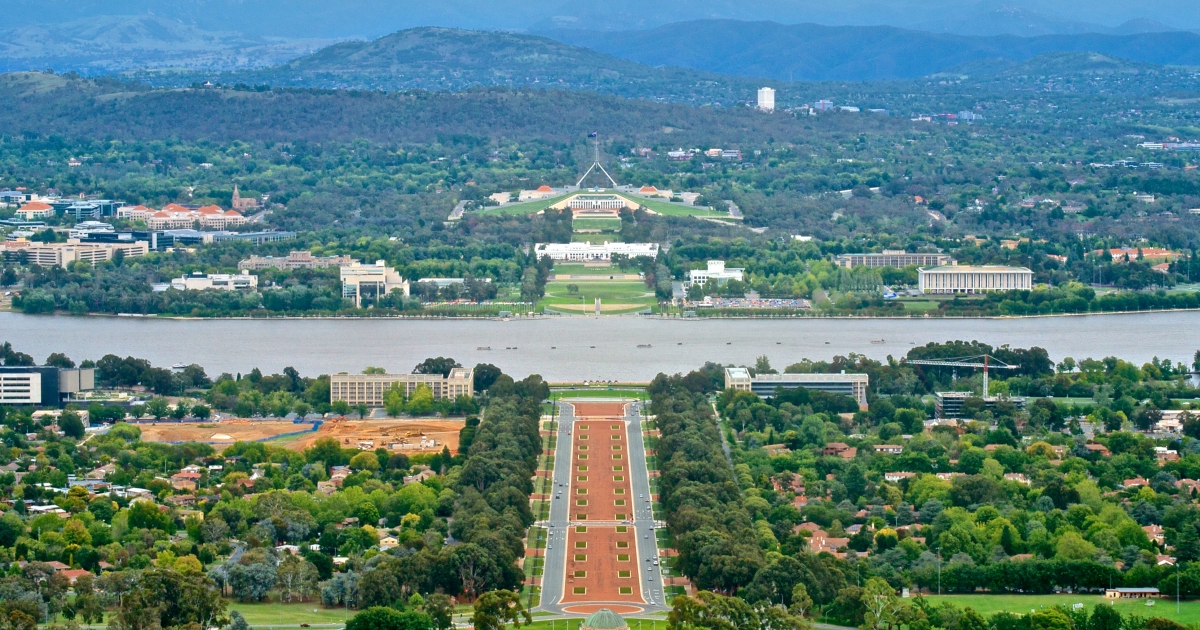 Image Credit: Jason Tong / Wikimedia Commons
Image Credit: Jason Tong / Wikimedia Commons
Spies, China and megabytes
Inside the overhaul of Australia’s intelligence agencies
Extract
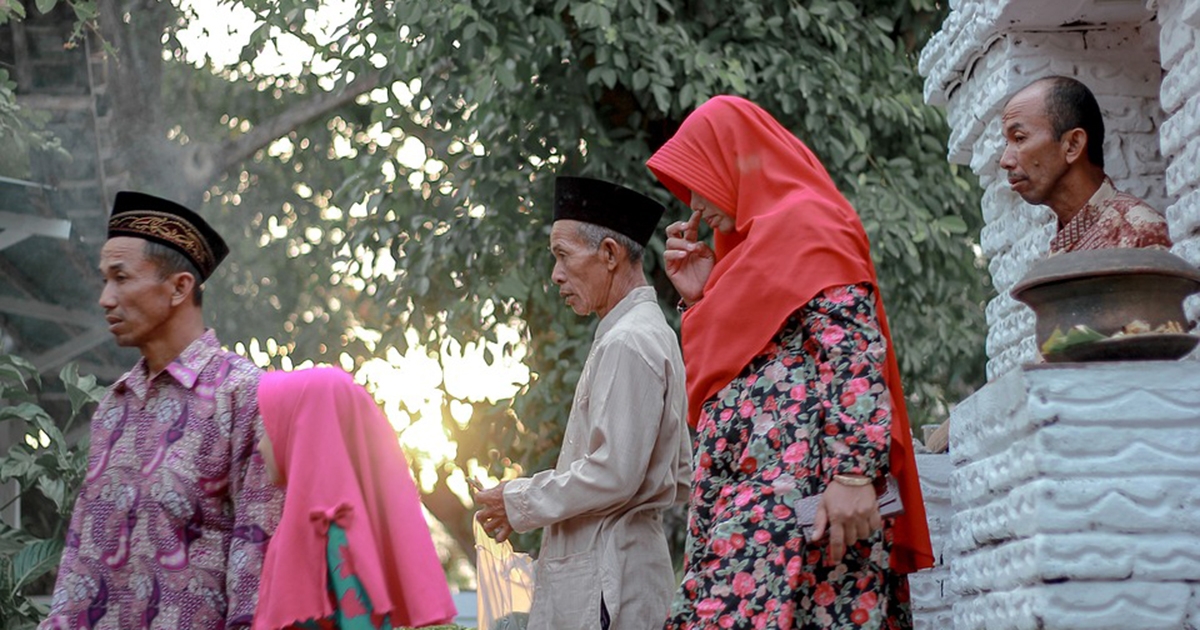 Image Credit: Pixabay
Image Credit: Pixabay
Response to Tim Lindsey’s “Retreat from Democracy”
Correspondence
Sign up to become a friend of
AUSTRALIAN FOREIGN AFFAIRS













